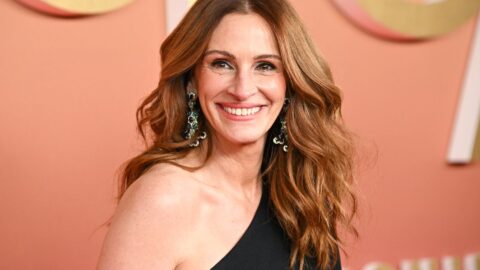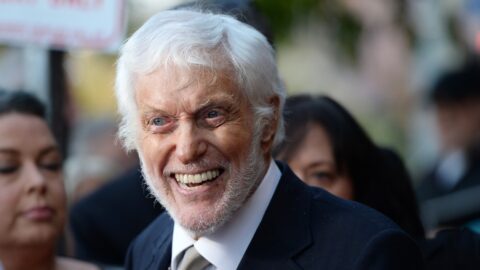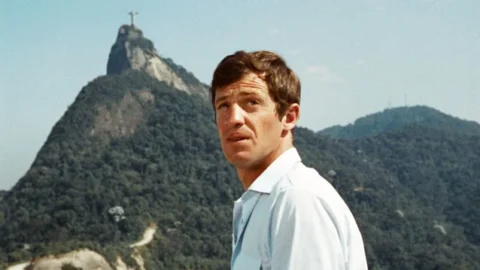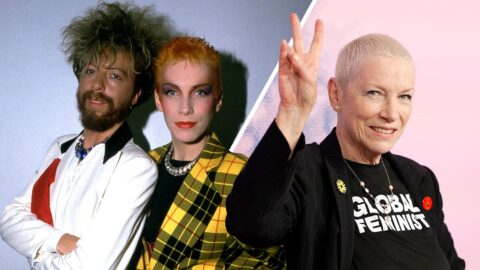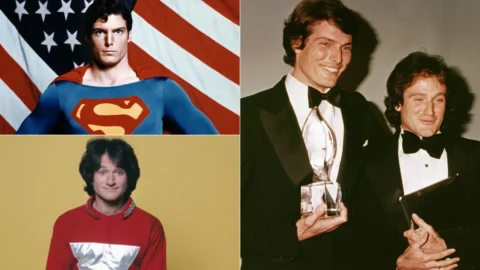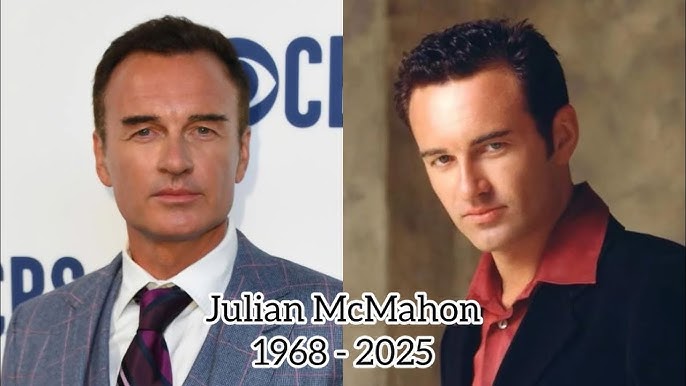In 1949, long before the world would come to know her as the ultimate blonde bombshell, Marilyn Monroe was just Norma Jeane Mortenson — a young woman on the cusp of stardom, fiercely determined to transform herself into more than just a pretty face. One of the most captivating glimpses into this early chapter is the rare photograph of Monroe practicing ballet under the watchful eye of famed choreographer Nico Charisse.
In this quiet, almost forgotten moment, Monroe is seen in simple rehearsal clothes, her hair pulled back, no dazzling gown, no bright studio lights — just an artist at work. The studio is spare, the focus absolute. Every pose and plié shows the depth of her ambition and a vulnerability that makes her later transformation into a cultural icon all the more astonishing.
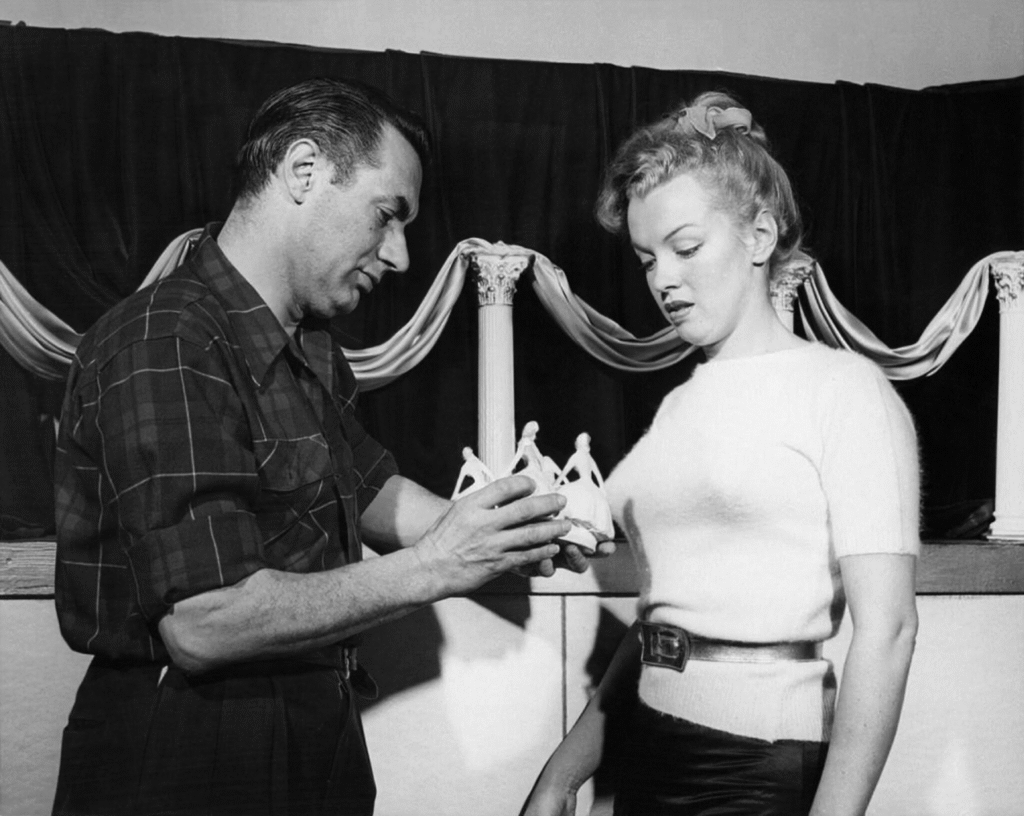
Nico Charisse, celebrated for training many of Hollywood’s elite, guides her with subtle, precise corrections — a patient mentor shaping raw potential into grace. For Monroe, ballet wasn’t about becoming a prima ballerina; it was about discipline, poise, and learning how to carry herself with a confidence she didn’t yet fully possess.
This glimpse of Marilyn reminds us that behind the carefully curated glamour was a woman who studied tirelessly, craving respect for her craft. The rehearsal floor became her classroom — a place where she learned how to express emotion through movement, how to use her body not just to seduce the camera but to tell a story, to hold an audience’s gaze without saying a word.

Looking back at this moment today, it’s impossible not to see the layers: the young dreamer, the seed of the superstar, the woman who would soon captivate the world but who, for now, was just another artist trying to get it right. It’s this quiet dedication — the discipline beneath the diamonds — that still makes Marilyn Monroe so endlessly fascinating.

